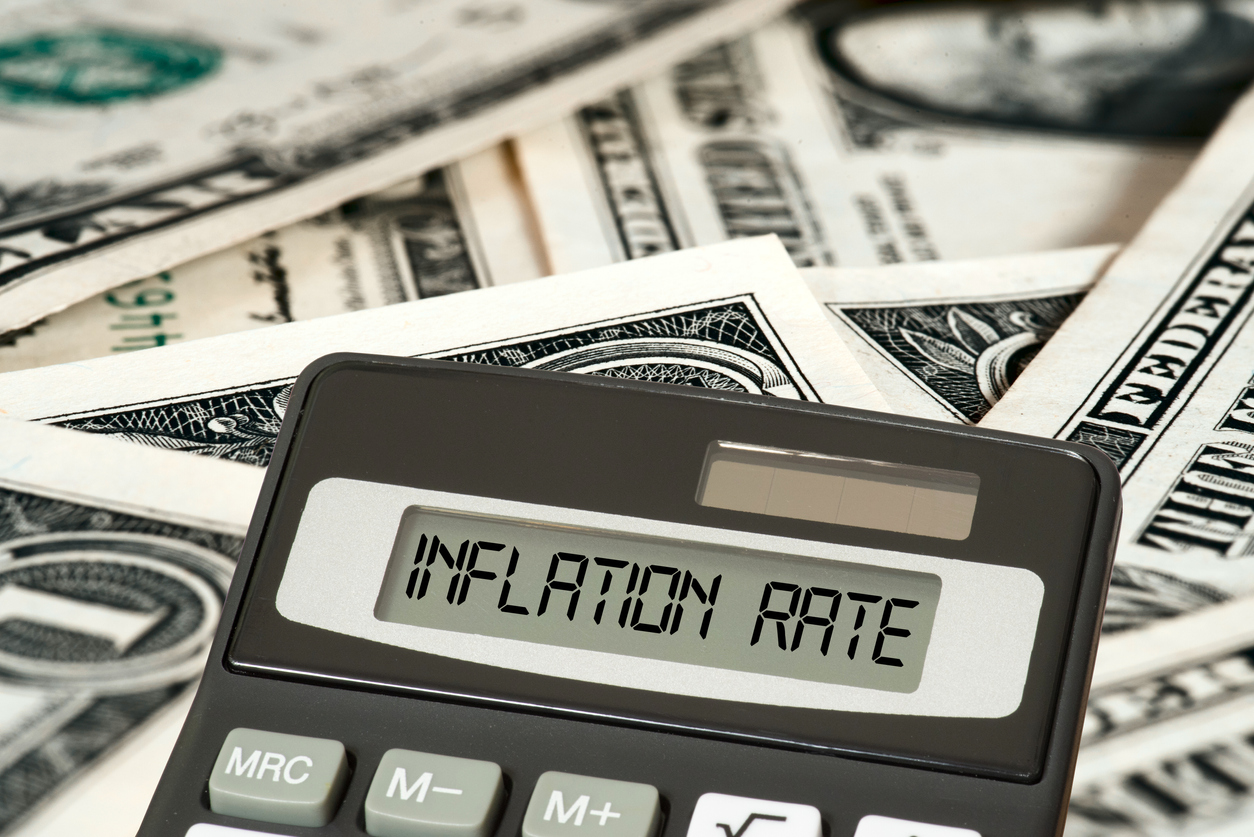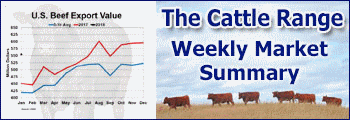WASHINGTON, Jan 15 (Reuters) - U.S. consumer prices increased slightly more than expected in December amid higher costs for energy goods, pointing to still elevated inflation that aligns with the Federal Reserve's projections for fewer interest rate cuts this year.
The consumer price index rose 0.4% last month after climbing 0.3% in November, the Labor Department's Bureau of Labor Statistics said on Wednesday. In the 12 months through December, the CPI advanced 2.9% after increasing 2.7% in November.
Economists polled by Reuters had forecast the CPI gaining 0.3% and rising 2.9% year-on-year.
Progress bringing inflation back to the U.S. central bank's 2% target hit a snag in the second half of last year.
A resilient economy, the threat of broad tariffs on imported goods and mass deportations of undocumented immigrants -- actions that are deemed inflationary -- also have led the U.S. central bank to project a shallower rate-cut path this year.
President-elect Donald Trump's incoming administration has also pledged tax cuts, which would juice up the economy.
Consumers' inflation expectations soared in January, with households concerned that tariffs would raise goods prices.
Excluding the volatile food and energy components, the CPI increased 0.2% in December. The so-called core CPI had risen 0.3% for four straight months. In the 12 months through December, the so-called core CPI increased 3.2% after climbing 3.3% in November.
No rate cut is expected at the Fed's Jan. 28-29 policy meeting. While economists see fewer rate cuts this year, they are divided on whether the central bank will reduce borrowing costs again before the second half of the year.
Goldman Sachs expects two rate cuts this year, in June and December, a number revised down from three. Bank of America Securities believes the Fed's easing cycle is over.
The central bank launched its easing cycle in September and has lowered its benchmark overnight interest rate by 100 basis points to the current 4.50%-4.75% range.
The last reduction was in December when policymakers also projected two rate cuts this year instead of the four they had forecast in September. The policy rate was hiked by 5.25 percentage points between March 2022 and July 2023.











